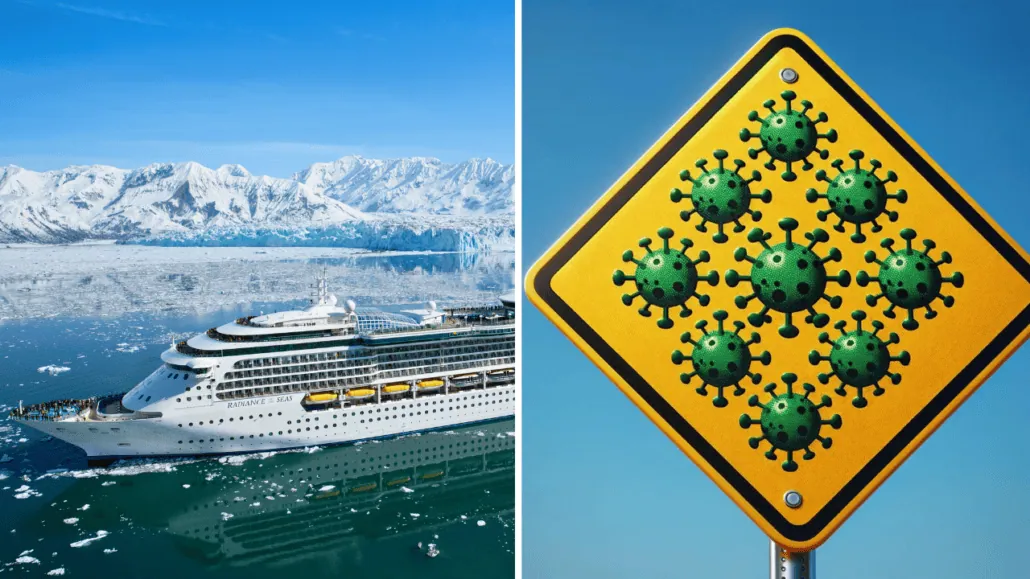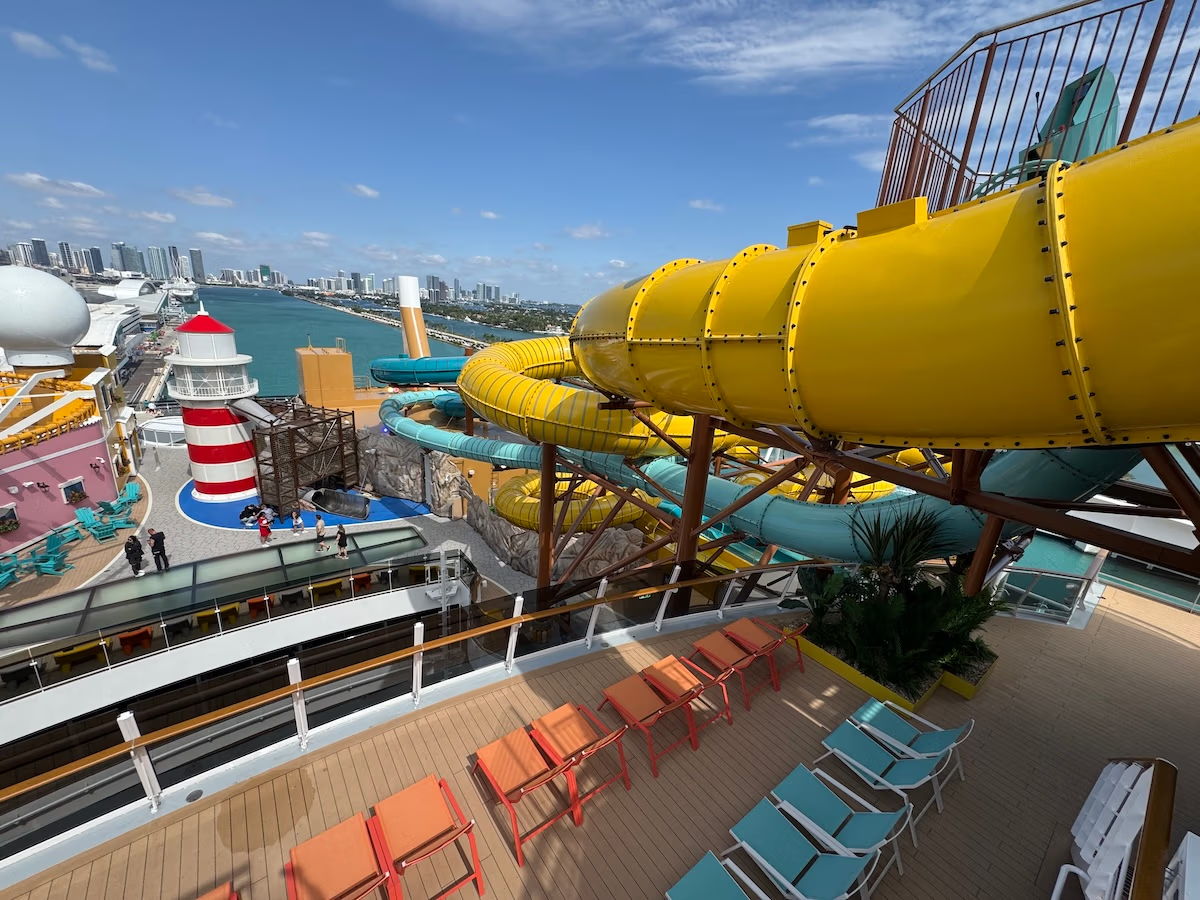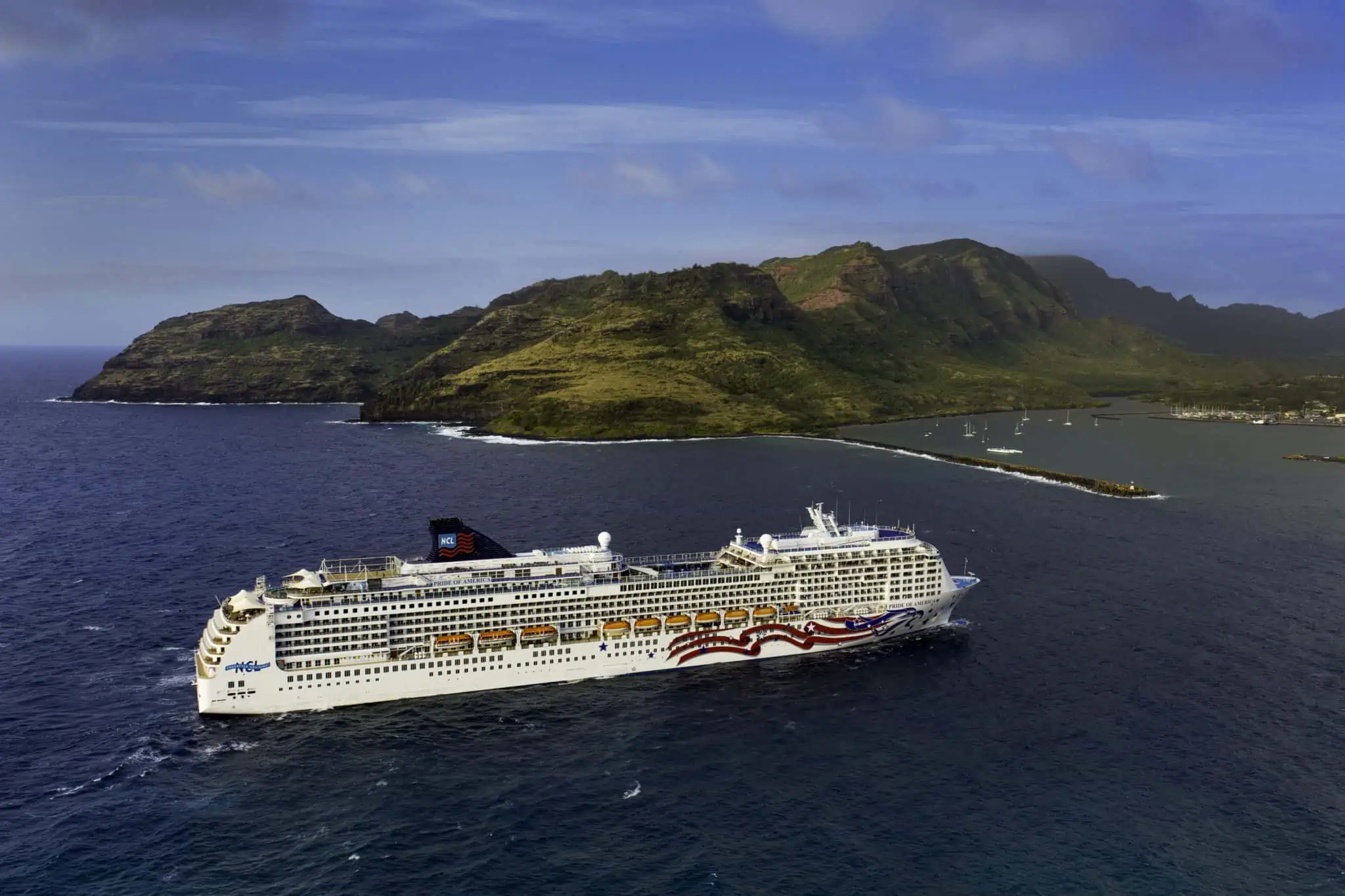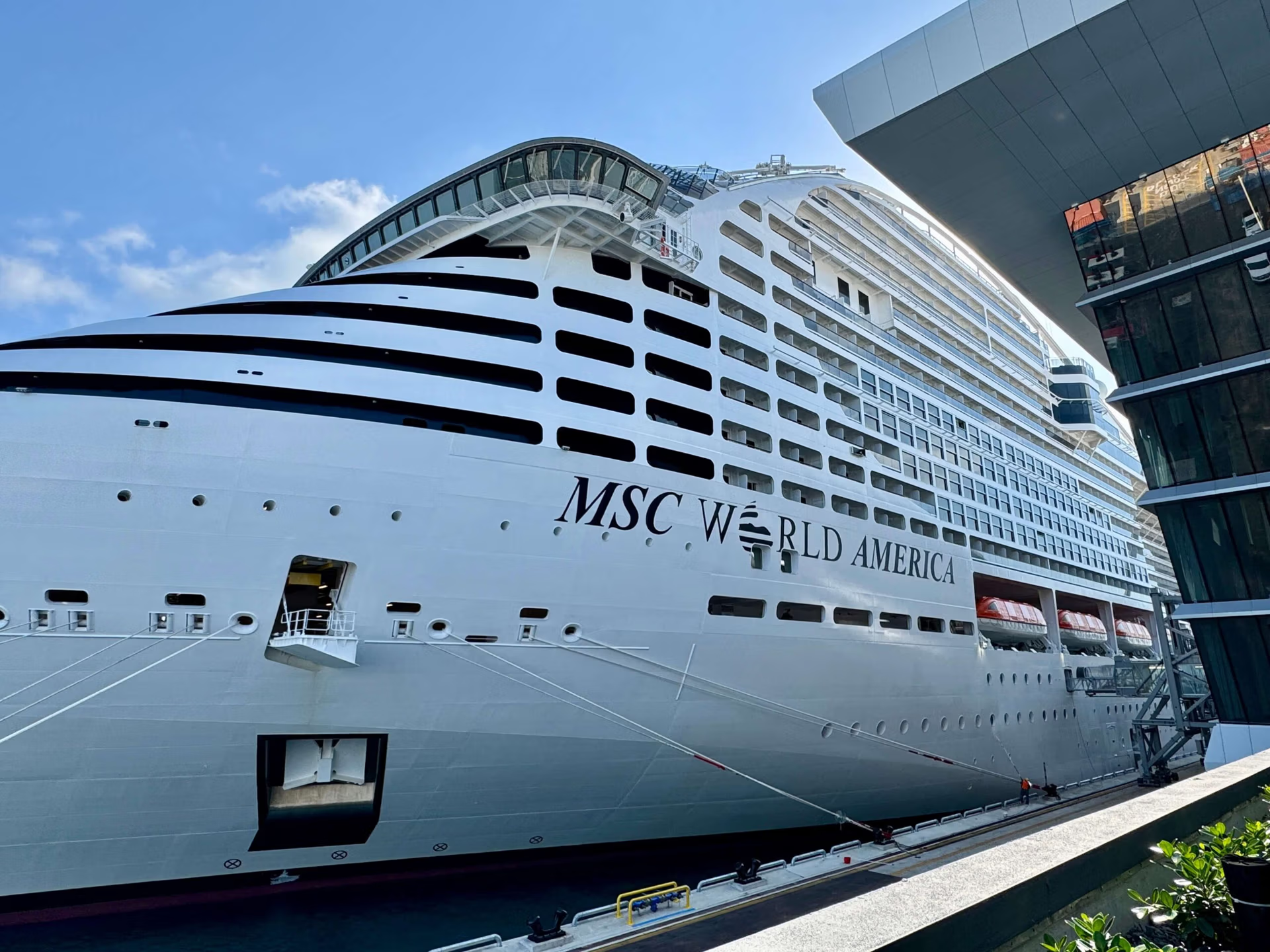Royal Caribbean’s Radiance of the Seas reported a gastrointestinal outbreak that collectively affected over 8% of its passengers and crew members.

According to the Centers for Disease Control (CDC), the illness occurred during its September 20 to 27 sailing, the vessel’s last itinerary to Alaska for the season.
Of 2,172 guests, 180 reported feeling ill, while 3 of the 894 crew members experienced prevalent symptoms.
With 8.29% of passengers and 0.34% of employees affected, 8.03% of the ship’s total population had fallen ill, surpassing the CDC’s 3% requirement for filing an official report.
Note that these cases represent the number of patients who became sick at one point during the voyage. They did not necessarily all fall ill at the same time.
Royal Caribbean’s Containment Measures

Royal Caribbean confirmed that it adopted appropriate measures to contain and eliminate the virus, including making shipwide announcements, collecting stool samples for testing, and ramping up Radiance’s cleaning and disinfection activities.
The prevalent symptoms noticed onboard were diarrhea, stomach cramps, headaches, and muscle pains.
The CDC has yet to identify the root cause of the illness, though, in many instances, the culprit is norovirus, a contagious health condition marked by the inflammation of the stomach, intestines, or both.
Norovirus is spread by infected patients and through contact with contaminated food, water, and surfaces. The types of food where it is often contracted are leafy greens, shellfish, and fresh fruits.

In 2023, 13 of the 14 reported outbreaks were due to norovirus. This year, seven of the ten outbreaks have been caused by norovirus.
It is often mistakenly dubbed a “cruise ship virus.” Though outbreaks on cruise ships are widely reported, only 1% of cases occur on cruise vessels, based on information from the CDC.
The majority of norovirus patients are found in healthcare facilities like nursing homes. More than half of outbreaks come from establishments offering long-term healthcare.
A few days ago, another wave of gastrointestinal illness swept over a P&O cruise ship.







